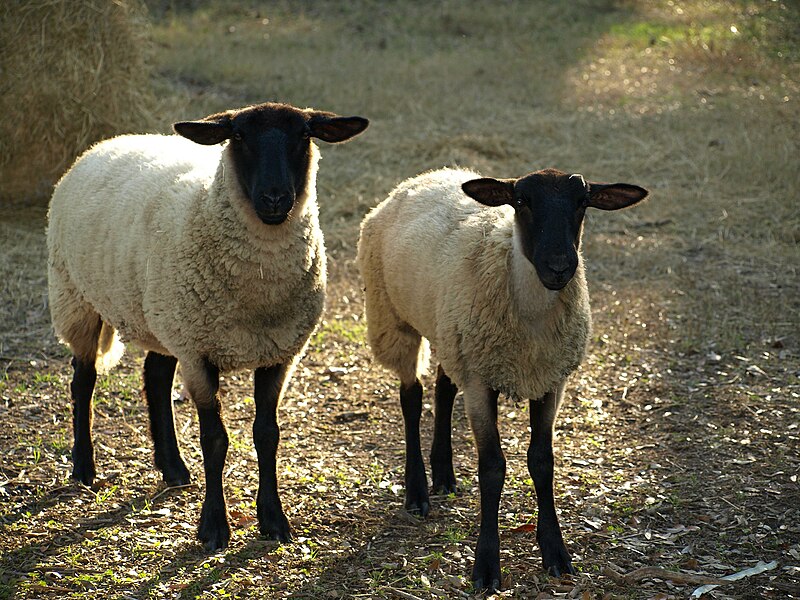Prions

When the study of prions began, there was much controversy surrounding these strange "organisms." The most well known hypothesis used to describe the prion, was the "protein-only hypothesis." When the transmission of BSE to humans in the form of CJD was confirmed, all other hypothesis became obsolete. With the knowledge that TSEs had the capacity to cross the species barrier, it was confirmed that prions were indeed, proteins only.
Sheep were the first confirmed hosts of prions, and although people were not fully aware of the infectious disease degenerating the brains of the sheep, this occured in the 1730's. Throughout the 20th Century advances in the science of prions were made in diseases like CJD, Kuru, BSE, and CWD.
Keep in mind, you can't kill something that is not really alive. Prions cannot be destroyed by boiling, alcohol, acid, standard autoclaving methods, or radiation. In fact, infected brains that have been sitting in formaldehyde for decades can still transmit spongiform disease. Cooking your burger 'til it's well done won't destroy the prions! This leaves the future of prion research wide open, there is much left to discover about the prion itself and also the prevention of transmission. There are currently three known ways for prions to be transmitted, by eating infected tissue, inheriting a gene mutation, or through the spontaneous formation of PrPSc.
Did you know...?
- Kuru stems from the Fore people of New Guinea. Their cannibalistic practices allowed for person to person transmission, especially in the females and children since they traditionally take part in the consumption of brain tissue.
- Diseases caused by prions are known as spongiform diseases, because the brain tissue in infected individuals is filled with holes, giving it a sponge-like appearance.
- Two Nobel prizes have been awarded for research in prion diseases. In 1976, Carleton Gajdusek received the prize for proving that they are transmissible, and in 1997 Stanley Prusiner was given the prize for the prion hypothesis.

